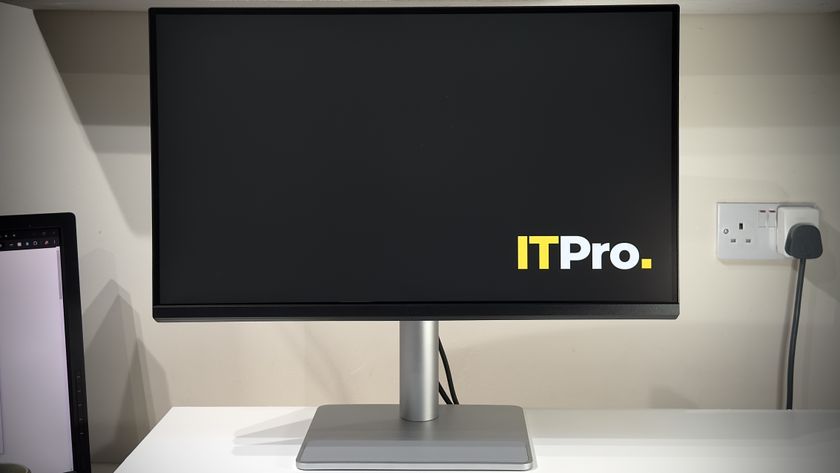Power is handled well as the review system included all four hot-swap supplies although with this particular module and storage configuration it is possible to run the system with just two installed. To reduce the number of moving parts the compute modules don't have any onboard fans and all cooling is handled by two large hot-plug fan modules at the rear and a third, smaller one underneath the drive bays.
With SMBs as the target market NEC has focused closely on ease of deployment and management and first contact with the Modular Server Control (MSC) web interface indicates this has largely been achieved. The console home page provides a dashboard showing power status, enclosure, drive and CPU temperatures, system health and detected problems. Using the row of tabs at the top you can bring up graphics of the front and rear of the chassis showing all installed components and a table below provides more detail about each one
Full remote access is provided for the compute modules where you can power them on and off and use the KVM over IP feature to gain full remote control. The latter makes this system even better value as some other vendors only offer remote control as an option with their management solutions. The switch blades also have their own web interface, which can be accessed from the console enabling you to monitor network activity, configure ports and create VLANs.
We found storage easy enough to configure from the MSC and created storage pools with the available drives and assigned virtual drives to our two resident compute modules. We had no problems installing an OS on them as we used the local optical drive on the system running the MSC as a virtual boot device. To move a virtual drive to another module you call up the Transport option where you can take the drive offline and assign it to another module. It's easy enough to keep track of all storage as the MSC provides a slick flow-chart style graphic that shows clearly what each storage pool has in it and which compute modules the virtual drives are assigned to.
One criticism we have of MSC is its power monitoring facilities as we found these to be highly inaccurate. With all four power supplies connected and both compute modules powered down our inline power meter showed a draw of 300W whereas the MSC reckoned this was only 90W. With both modules running, the meter reported an increase to 506W but the MSC only showed a total draw of 270W.
Administrative access to the entire chassis can be strictly controlled with user lists and for each one you can decide precisely, which components and features they can access. Plenty of notification options are provided and these are controlled with policies that determine the logging levels and who should be alerted based on the severity of an event.
SMBs that thought blade server technology was beyond their means should check out NEC's FlexPower Server as it looks a very interesting alternative to the mainstream products. In the current financial climate many businesses large and small will undoubtedly be looking closely at their IT budgets and this system offers a cost-effective solution for consolidating systems and reducing overall expenditure.
Verdict
The FlexPower Server brings blade servers to the masses as it offers a well built, high density processing package at a reasonable price. The virtual storage mapping feature is quite unique and it offers a lot of flexibility. Fault tolerance is also particularly good, there’s plenty of room to expand and the remote management tools make light work of deployment.
Chassis: 6U rack enclosure with six compute module slots
Power: 4 x 1050W hot-swap supplies
Fans: 3 x hot-swap modules
Storage Controller Blade: 1 (max. 2) supports RAID0, 1, 1E, 10, 5, 6
Storage: 8 x 147GB Fujitsu 10K SAS SFF hard disks in hot-swap carriers (max. 14)
Switch blade: 1 x 10-port L2 Gigabit Ethernet with web management (max. 2)
Management: 1 x Management blade with 10/100 Ethernet, serial port (max. 2)
Compute Modules: 2 (max. 6)
CPU: 2GHz Xeon E5405
Memory: 4GB 667MHz FB-DIMM (max. 32GB)
Storage: Embedded LSI SAS1064E
Network: 2 x Gigabit Ethernet (max. 4)
Dave is an IT consultant and freelance journalist specialising in hands-on reviews of computer networking products covering all market sectors from small businesses to enterprises. Founder of Binary Testing Ltd – the UK’s premier independent network testing laboratory - Dave has over 45 years of experience in the IT industry.
Dave has produced many thousands of in-depth business networking product reviews from his lab which have been reproduced globally. Writing for ITPro and its sister title, PC Pro, he covers all areas of business IT infrastructure, including servers, storage, network security, data protection, cloud, infrastructure and services.













